Create, Innovate, and Inspire for All Your Film Needs
Discover how HitPaw's suite of advanced tools, including HitPaw VikPea, can elevate your movie experience. Whether you're a filmmaker, content creator, or movie enthusiast, our tools help you optimize every aspect of your cinematic journey, from stunning visuals to seamless editing.
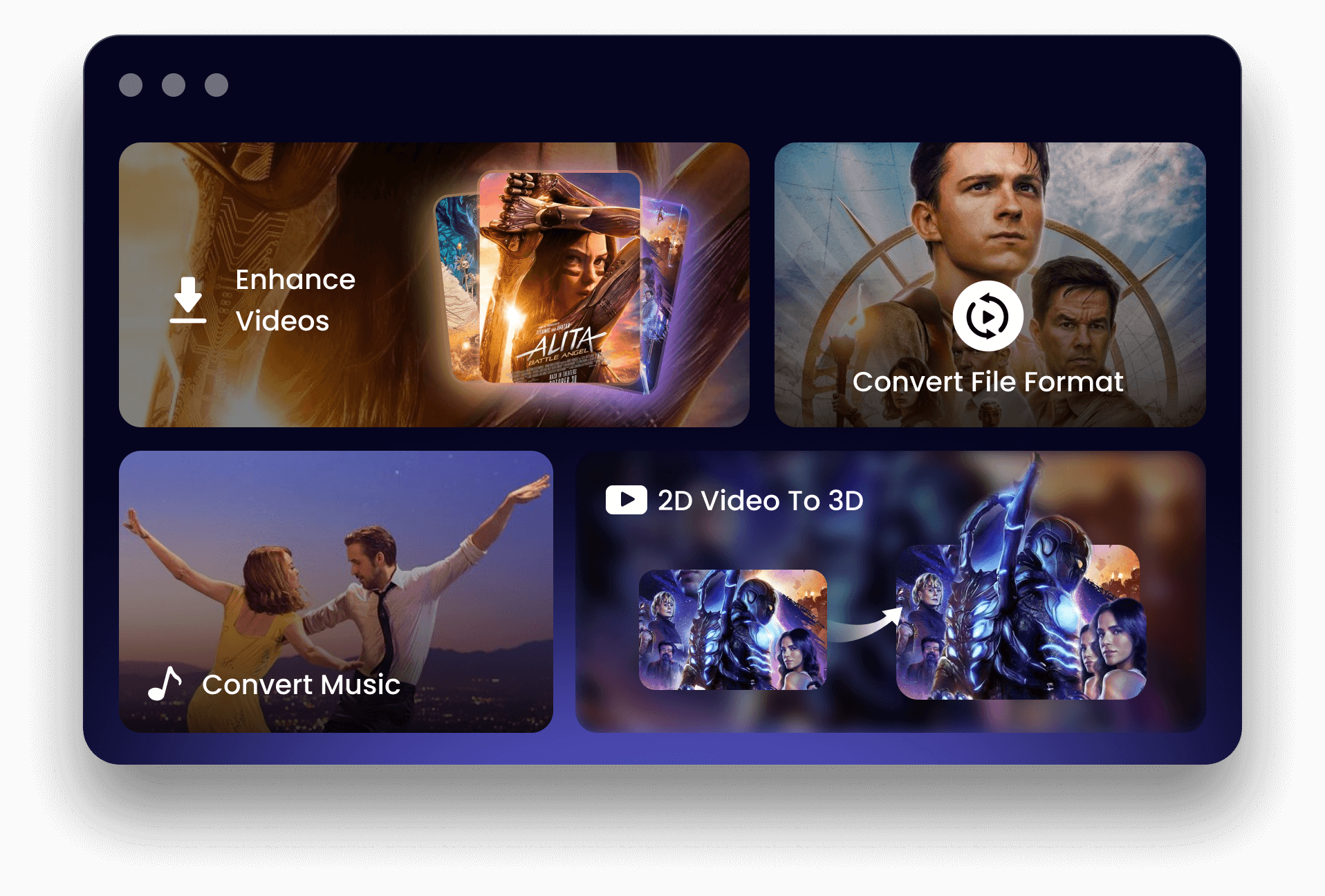
Movie Series
Iconic characters, epic storylines, and classic moments come together to create the beloved franchises.
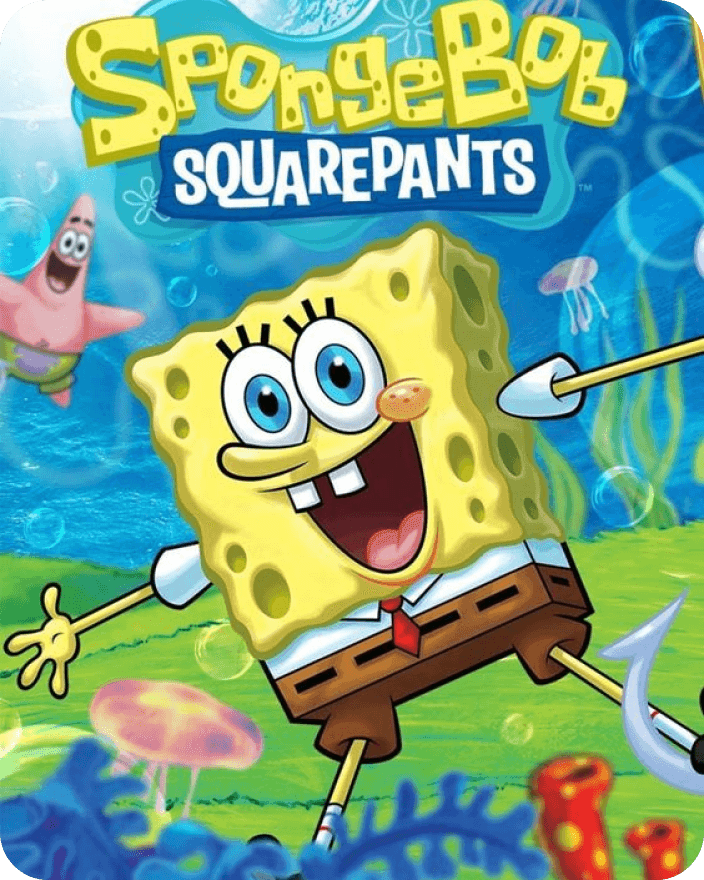
Spongebob
Join the beloved Spongebob Squarepants and his quirky friends in Bikini Bottom, as they embark on hilarious adventures filled with fun.
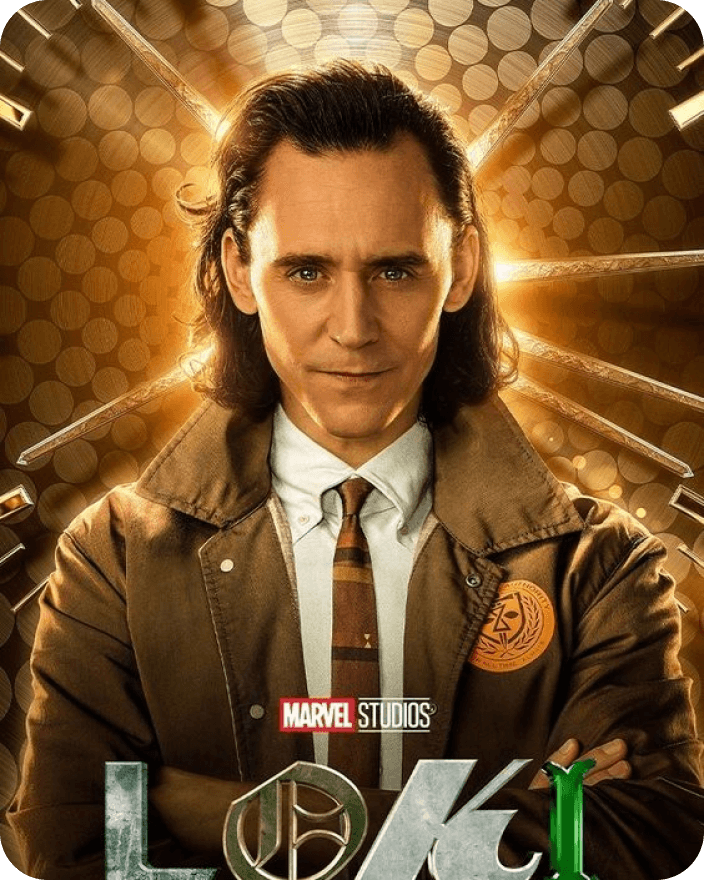
Loki
Dive into the marvel universe with Loki, as he navigates time and space, blurring the lines between hero and villain in this unpredictable series.

Fast & Furious
Buckle up for high-octane action with this series, where fast cars, daring heists, and family loyalty take center stage in an adrenaline-fueled cinematic ride.

Suicide Squad
Enter the chaotic world of Suicide Squad, where a group of misfit anti-heroes and villains are forced to band together for dangerous missions.

Minions
Experience the mischievous antics of the Minions, the loveable creatures who find themselves in all sorts of hilarious situations as they serve their villainous masters.

Jigsaw
Step into the terrifying universe where the infamous mastermind tests his victims' will to survive through deadly games and intricate traps that challenge their morality.

Transformers
A series that combines cutting-edge special effects with the timeless struggle between good and evil in a war for the fate of the universe.
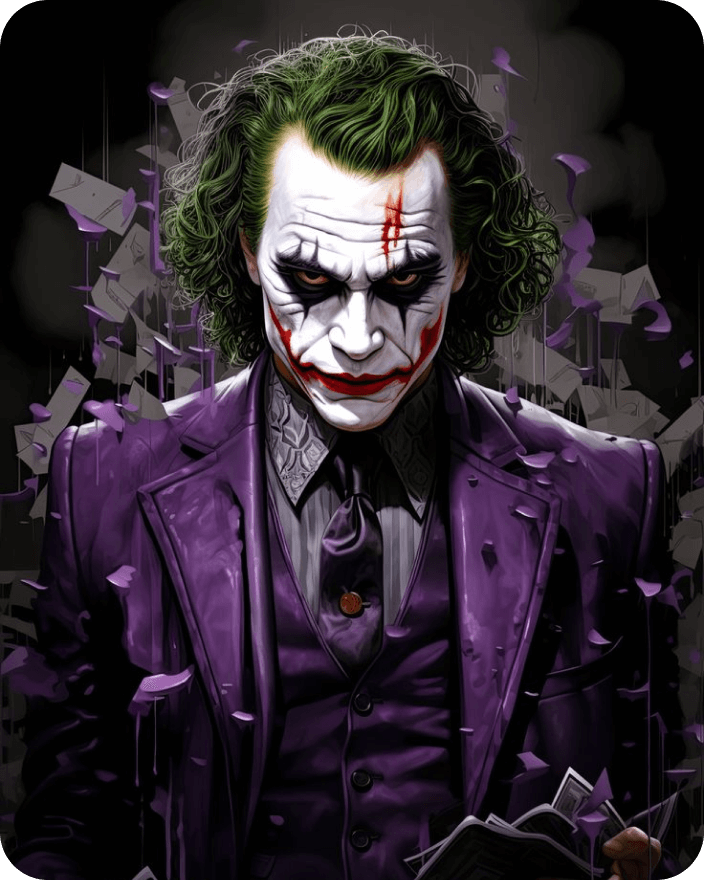
Joker
Joker explores the origins of Gotham's most infamous villains, following one man's harrowing descent into madness, set against a city teetering on the brink of chaos.
Movie Region
We showcased films from some of the most influential and culturally rich regions around the globe

Hollywood Movies
Originating in the early 20th century, Hollywood is the epicenter of the American film industry and is synonymous with blockbuster films, global stars, and cutting-edge technology.

Bollywood Movies
The film industry based in Mumbai, India, is the heart of Indian cinema. Emerging in the early 20th century, which is known for vibrant song-and-dance sequences.
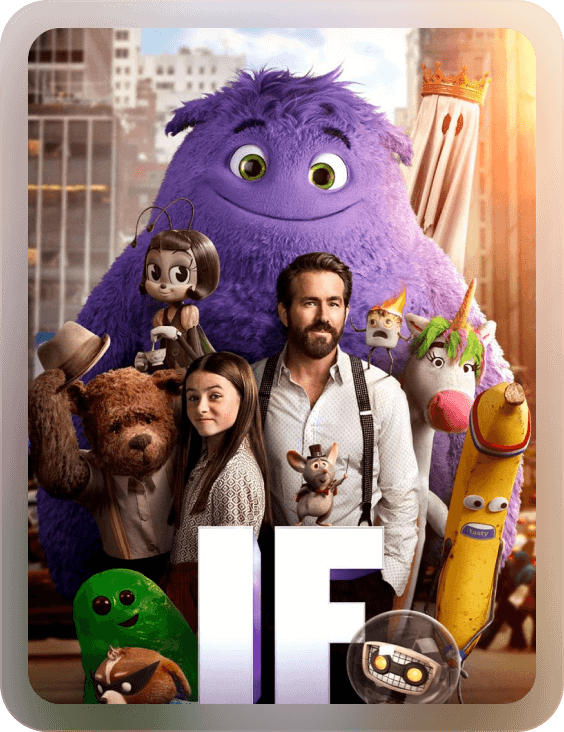
Animated Movies
Animated movies transcend regional boundaries, with major contributions from Hollywood (Pixar, DreamWorks), Japan (Studio Ghibli, anime), and increasingly, other countries around the world.

Chinese Cinema
Chinese cinema is diverse film industry that encompasses films from Mainland China, Hong Kong, and Taiwan. Exploring themes of history, social change, action-packed and crime thrillers.
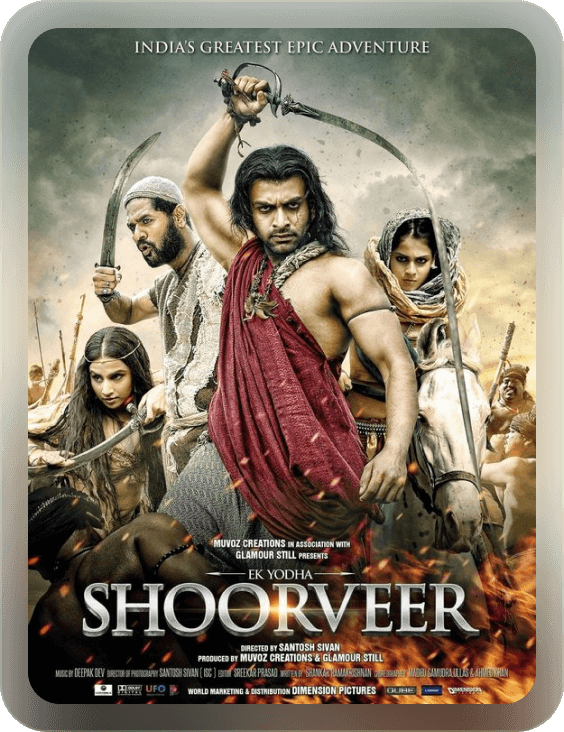
Telugu
Tollywood movies often feature larger-than-life heroes, elaborate action sequences, and catchy music, catering to a broad audience.
Development of Film Industry
1890s - Early 1900s
The origins of the film industry can be traced back to the 1890s, when inventors and pioneers began experimenting with motion pictures. And in the early 1900s saw the development of motion picture cameras and projectors, leading to the establishment of film as a form of entertainment. This period laid the foundation for the future of cinema, shifting from novelty to a widespread cultural phenomenon.
Late 1920s - 1930s
The late 1920s ushered in one of the most groundbreaking innovations in the history of cinema—sound. The 1927 release of The Jazz Singer, the first "talkie," revolutionized the film industry by synchronizing sound with moving images. This technological breakthrough ended the era of silent films and ushered in a new era of dynamic storytelling.
1980s-2000s
The introduction of CGI (computer-generated imagery) revolutionized visual effects, and the emergence of digital film stock and digital projection technology in the late 1990s further reduced the costs and barriers to entry for filmmakers. This era also saw the globalization of cinema, with Hollywood becoming a dominant force internationally while filmmakers from regions like Asia, Latin America, and Europe gained prominence.
- 1895
- 1915
- 1925
- 1945
- 1980
- 2010
1910s - 1920s
By the 1910s, filmmaking techniques began to mature. Directors like D.W. Griffith and Charlie Chaplin became household names, and Hollywood began to emerge as the entertainment capital of the world. The 1920s witnessed the rise of silent films, which dominated the industry for two decades.
1940s - 1950s
The 1940s and 1950s are often regarded as the Golden Age of Hollywood. The film industry reached new heights in terms of production quality, box office success, and cultural impact. Technological advancements, such as Technicolor, improved visual quality, and the growing popularity of television began to push filmmakers to create even more spectacular cinematic experiences.
2010s-Present
Filmmakers are increasingly creating content directly for digital platforms, sometimes bypassing traditional theaters altogether. The rise of international cinema, facilitated by streaming platforms, has allowed foreign films to reach global audiences more easily. Meanwhile, advancements in virtual reality, augmented reality, and interactive cinema are opening up new possibilities for storytelling.
1890s - Early 1900s
The origins of the film industry can be traced back to the 1890s, when inventors and pioneers began experimenting with motion pictures. And in the early 1900s saw the development of motion picture cameras and projectors, leading to the establishment of film as a form of entertainment. This period laid the foundation for the future of cinema, shifting from novelty to a widespread cultural phenomenon.
1910s - 1920s
By the 1910s, filmmaking techniques began to mature. Directors like D.W. Griffith and Charlie Chaplin became household names, and Hollywood began to emerge as the entertainment capital of the world. The 1920s witnessed the rise of silent films, which dominated the industry for two decades.
Late 1920s - 1930s
The late 1920s ushered in one of the most groundbreaking innovations in the history of cinema—sound. The 1927 release of The Jazz Singer, the first "talkie," revolutionized the film industry by synchronizing sound with moving images. This technological breakthrough ended the era of silent films and ushered in a new era of dynamic storytelling.
1940s - 1950s
The 1940s and 1950s are often regarded as the Golden Age of Hollywood. The film industry reached new heights in terms of production quality, box office success, and cultural impact. Technological advancements, such as Technicolor, improved visual quality, and the growing popularity of television began to push filmmakers to create even more spectacular cinematic experiences.
1980s-2000s
The introduction of CGI (computer-generated imagery) revolutionized visual effects, and the emergence of digital film stock and digital projection technology in the late 1990s further reduced the costs and barriers to entry for filmmakers. This era also saw the globalization of cinema, with Hollywood becoming a dominant force internationally while filmmakers from regions like Asia, Latin America, and Europe gained prominence.
2010s-Present
Filmmakers are increasingly creating content directly for digital platforms, sometimes bypassing traditional theaters altogether. The rise of international cinema, facilitated by streaming platforms, has allowed foreign films to reach global audiences more easily. Meanwhile, advancements in virtual reality, augmented reality, and interactive cinema are opening up new possibilities for storytelling.
Tips & Tricks for Movie Watching

